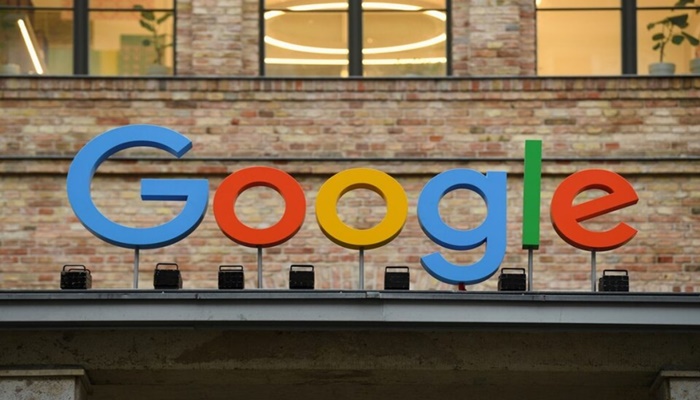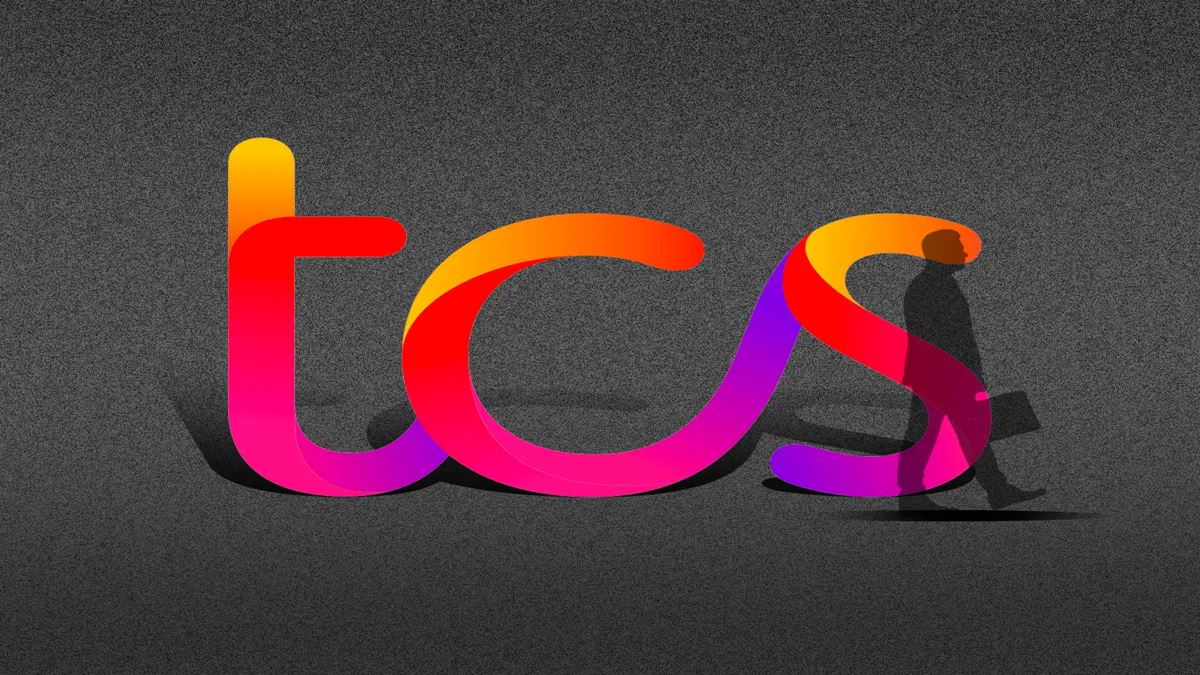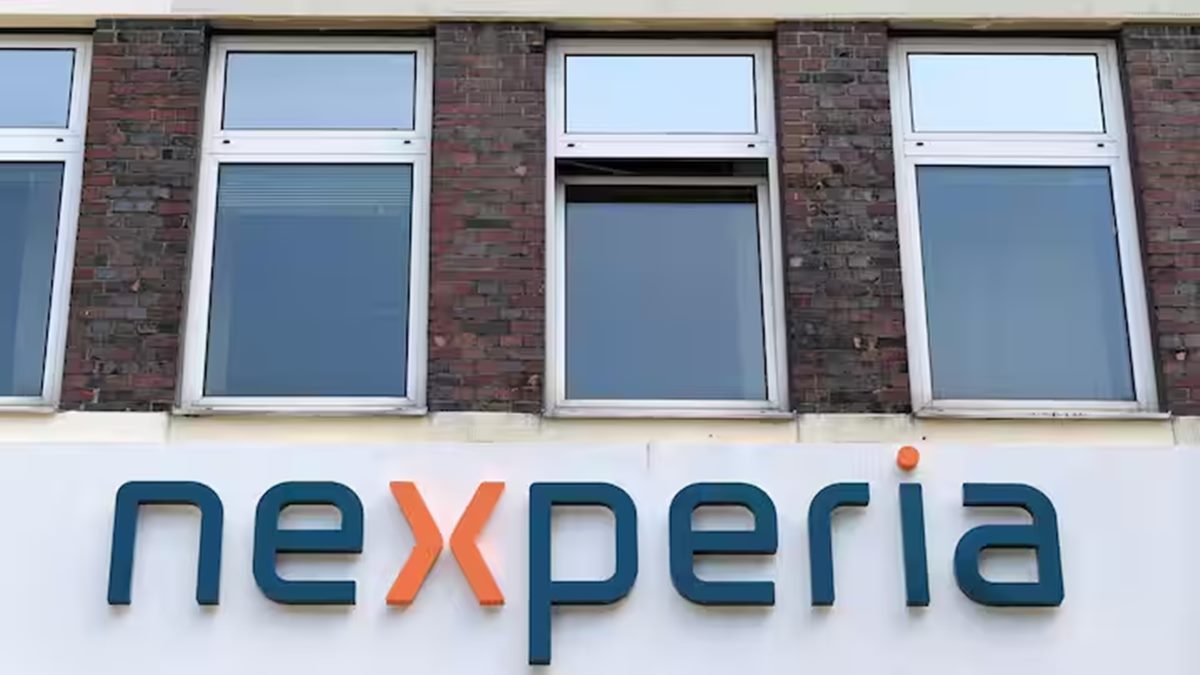As a growing number of businesses turn to employee monitoring software to keep tabs on remote workers, sociology experts from the University of Waterloo are sounding the alarm about unanticipated consequences that could harm both employers and employees.
American research firm Gartner predicts 70 per cent of all large companies will be using some form of surveillance app this year.
“We’re finding that these apps strip a certain sense of humanity out of the equation when it comes to measuring employee productivity,” said Adam Molnar, an assistant professor of sociology and legal studies at UW, in a press release.
“Not only are the apps’ perceived effectiveness misunderstood, but they also introduce additional risk related to privacy, performance and cybersecurity vulnerabilities, and that should be concerning,” he added.
Molnar and co-researcher Danielle E. Thompson, a PhD candidate in the university’s Sociology and Legal Studies department, have been working on a five-year project examining employee monitoring apps in Canada.
Thompson and Molnar will present their findings at the upcoming Congress of the Humanities and Social Sciences (Congress 2025), May 30 to June 6 in Toronto.
The academic conference is expected to attract more than 7,000 scholars, graduate students and practitioners from around the world to hear presentations from social sciences and humanities experts worldwide.
In their Congress presentation, Thompson and Molnar will share key findings from a study of 10 of the most popular employee monitoring apps, including Hubstaff, Clever Control and Spyera.
In addition to demonstrating the technologies’ potential to have adverse social and psychological impacts on worker well-being by undermining their autonomy, privacy and other human rights, they’ll also discuss limitations that jeopardize both corporate and employee performance.
Generally speaking, the apps work in a similar manner, running in the background on an employee device to collect a broad range of data related to keystrokes, browser activity, websites visited, time spent in Word documents and in some cases, using facial recognition to verify that employees are actually in front of their workstations.
Managers access the data through dashboards, typically colour-coded and designed to quickly distinguish good performers (green) from bad performers (red) at a glance, making it easy for them to arrive at snap judgments about a person’s productivity without delving into details.
“Essentially, we see power given to the hands of managers to surveil and control worker behaviour, while employees are afforded little to no control over how they’re monitored, how their data is represented and what it’s used for,” said Thompson, indicating that many of apps work in ‘invisible’ mode, meaning employees don’t have any way to know if the software is running on their device.
“These apps are a novel, intense form of surveillance that go well beyond punch clocks and cameras,” added Molnar. “There are new privacy risks that come into play, especially when you consider the range of sensitive personal information that is collected and that other members of the household may be using the device for school work or pleasure.”
After acquiring each app and establishing mock employer-employee scenarios to carefully examine how they function, the researchers discovered that employees were often at risk of having their personal, sensitive information compromised, such as email content related to health or union matters.
They also found that the metrics used to measure workers’ productivity were primarily focused on location, activity and time spent on their device with no regard for the quality of their work, and that the digital representation of how a person is spending their time isn’t necessarily reliable.
For example, one app uses a web timer that appears on an employee’s screen with the option to ‘stop and save’ by pressing a button, creating the illusion of control. As Thompson explained, the assumption is that the monitoring stops when the timer stops but in reality, the app continues to monitor activity in the background, leaving employees exposed.
In another instance, the researchers found a significant lag time between when the data was collected and when it showed up in the manager portal, meaning an employee who browsed social media during their lunch break might appear to be continuing to use the site long after resuming their normal work activities.
“It’s quite concerning when this type of inaccurate information can be used to make decisions about employee job outcomes,” noted Thompson. “It comes down to how productivity is being defined. Is a productive worker one who is very active on their device or should it be based on the completion and quality of their work?”
Another finding is that the apps are configured to award overtime, working through lunch or working on the weekends — using terminology such as time hero, efficiency pro, or productivity champ — with the result of normalizing behaviour that might otherwise be considered unhealthy. The metrics actually encourage competition between coworkers based on device activity levels, the researchers said.
“Even if we set aside the human rights, ethical and social wellbeing concerns, we need to question whether these monitoring apps are actually improving productivity and delivering profitability, or are they contributing to a more corrosive work environment?” said Molnar. “When it comes to remote work, we believe employers should be looking at whether people deliver on deadlines or meet goals, versus getting bogged down on their device behaviour.”
Source – https://www.timminstoday.com/local-news/study-raises-concerns-over-remote-work-surveillance-10709849




















